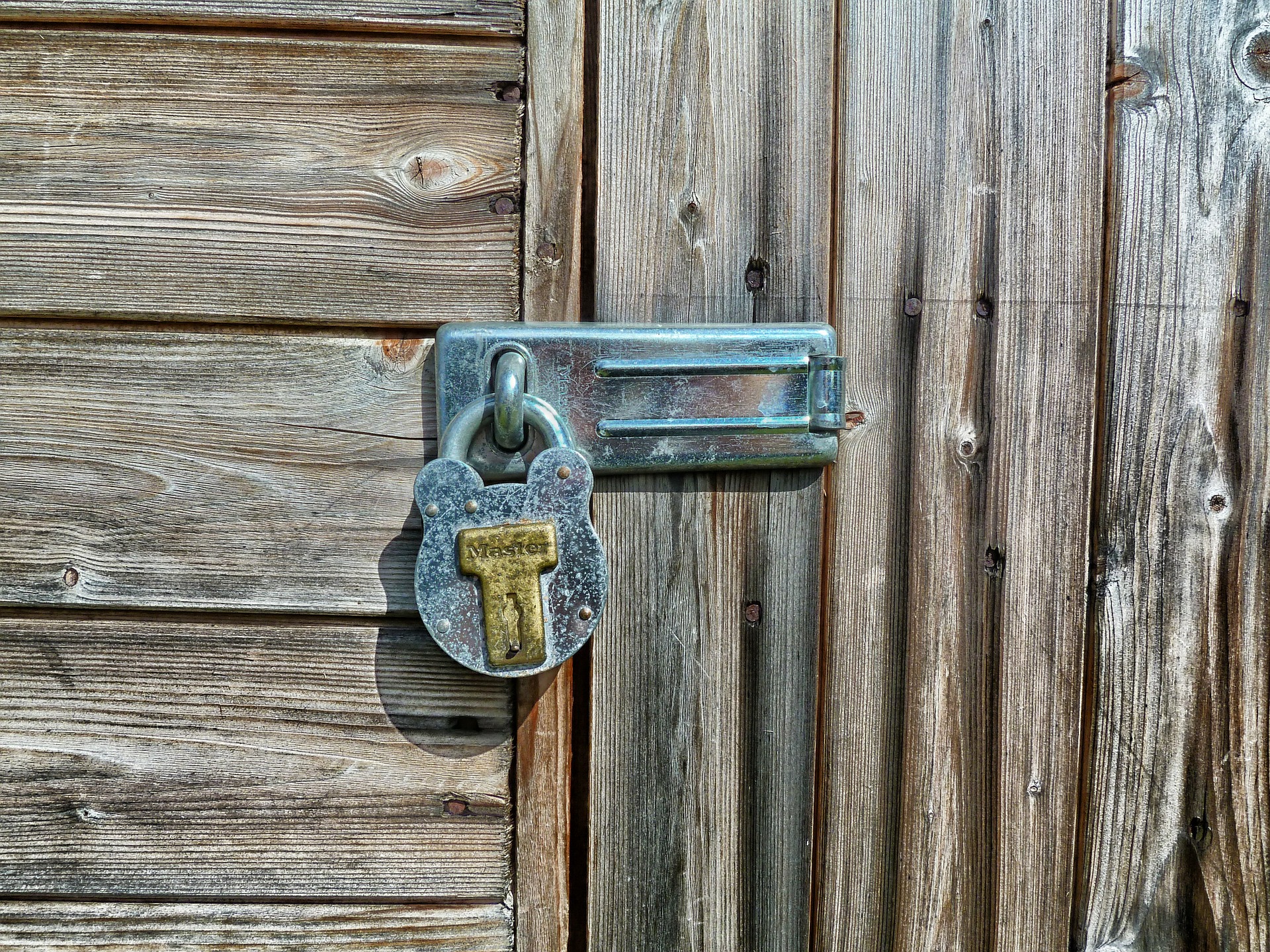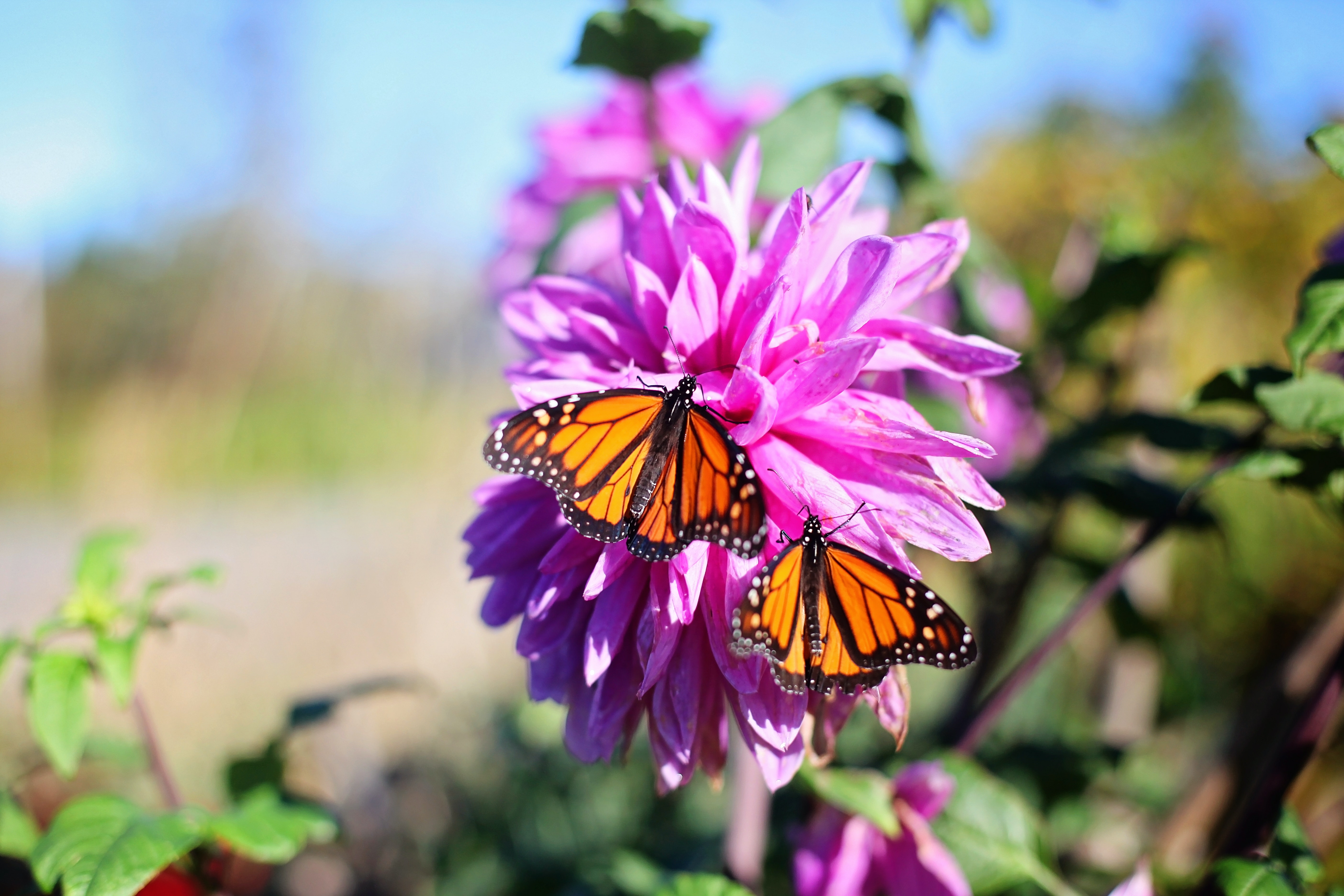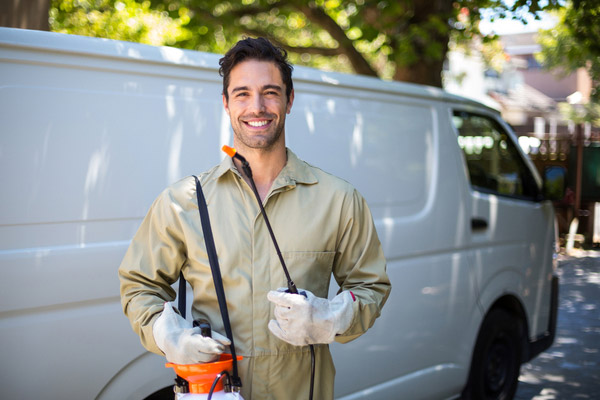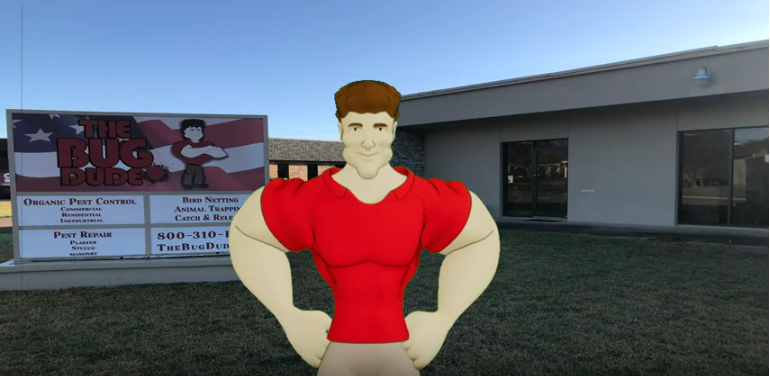
As May gets into full swing, you might notice that Mother’s Day feels like it’s coming earlier than expected (as this year it falls on the 8th). In your last minute scramble for a heartfelt gift you might consider giving flowers or chocolates, but maybe those feel a bit cliche and you want something more useful for the woman who took care of you your whole life. Maybe you think that you could do some chores around the house for her, help weed her garden, clean up the garage, do some DIY pest control to keep her safe from bugs. If you missed last month’s article on the financial costs of DIY pest control, check it out here before making your final Mother’s Day gift selection. But maybe you’ll say, “My mom’s worth any cost,” which is a beautiful sentiment, but doesn’t negate the fact that you’ll be spending far more and getting far less. Even worse, you could end up turning Mother’s Day from a beautiful time to celebrate mom into a stressful and dangerous endeavor. In this continuation of the discussion of the hidden costs of DIY pest control we will look at the ecological and personal costs you will face if you decide to pursue a do-it-yourself route. By the end of the article you will see that whether it’s for yourself, your mom, or anyone you know and care about, DIY pest control comes with far too great a cost, and in every case it’s best to just call The Bug Dude at 800-310-BUGS (2847) and let a professional slowly, safely, and cost-effectively take care of any pest issues you might be facing. Also, if you like the idea of providing pest control for your Mother’s Day gift, Mid-Cities Pest Control offers several pest control service plans to fit your needs.

Ecological Costs:
Pesticides are not something to be trifled with. Unlike DIY jewelry or home decor making, which bear little risk to the environment of your home and yard and virtually no risk to the ecosystem, DIY pest control has the potential to be quite hazardous. While you can learn the basics of a DIY craft project in an afternoon spent online, there’s a good reason that pest control technicians are required to complete extensive training before they are allowed to handle pesticides solo. As an apprentice, they will complete classroom training in topics ranging from safety, environmental protection, pest recognition, application techniques, non-chemical pest control options and more. This classroom training is accompanied by on-the-job training where they will learn from the practical experience of professional technicians and certified applicators and eventually, they will have to pass a Texas Structural Pest Control exam before they are licensed to practice pest control solo. In addition, they are required to maintain continuing education annually so they can keep up with all the latest information available to the industry, thus ensuring the highest standard of safety and efficacy for pest control treatments. No matter how much googling you do, there is no substitute for this training program when it comes to personal and ecological safety or effectiveness of treatment.

But what are some of the specific environmental dangers of spraying pesticides? The main elements of danger can be broken down into 3 sections: quantity, storage, and location. Let’s tackle quantity first. For some things in life the Mae West quote of “if a little is great, and a lot is better, then way too much is just about right” rings true (the loving kindness and support of a mother, for instance); however, for pest control, the aphorism “a little bit goes a long way” is much more appropriate. Though your first instinct upon seeing a swarm of insects in your home or a giant fire ant mound in your yard may be to drown the pests in insecticide, that is never the most effective solution, and it certainly isn’t the safest. Much like the issues faced in the healthcare industry with the overuse of antibiotics, overuse of pesticides proves not only ineffective but detrimental to the health and safety of everyone, not to mention its ability to create superbugs (pesticide resistant insects). Beyond this, the more pesticide used, the more likely it is to get into the water supply, which is dangerous for everyone. A pest control professional not only knows how much of a product to use, they also don’t have to worry about making too much of a product for a single treatment, as they will be doing several treatments to different locations in a day and will be able to safely use up the product they mixed. If you are mixing products to treat just your home you will end up either needing to err on the side of caution and incrementally make small amounts until you complete the job (and yes, this will be just as time-consuming and frustrating as it sounds), or you will end up with excess product that you will need to safely dispose of or store until the next appropriate time to use it (and yes, you will need to resist the urge to just dump the excess in your lawn).

This brings us to our next topic: storage. Storing pesticides takes not only space, but careful planning. When you store pesticides, there are quite a few requirements to take into consideration:
- The product needs to be kept in a dry, cool, well-ventilated area
- The product needs to be kept in a locked space away from pets, children, wildlife, and accidental human contact
- The product needs to be kept in its original container (according to the EPA, “Children and others have been poisoned by accidentally consuming pesticides stored in food or beverage containers.”)
- The area around the product should be stocked with appropriate cleaning supplies (such as clay absorbents)
- The storage area must be free of water and food (human and animal)
- Any equipment used for pesticide mixing or application must be similarly stored. Once an item is used for pesticides, it cannot be used for anything else.
As is probably apparent, this is likely to cost you both time and money to properly set up, but it is vital to keeping you and your family safe, as well as keeping the products you’ve invested money in viable for use. In addition to storing your products, you will also need to safely dispose of both the unused product as well as the containers where the products were stored or used. This process could be relatively simple if you can find a hazardous waste collection facility that allows you to drop it off, or it could involve a great deal of research for proper procedures. For more on this topic, see the article “Managing and Disposing of Pesticide Wastes” from Aggie Horticulture.

Finally, we get to location. Besides the risk of contaminating the water supply if products are used in too great a quantity or in an incorrect location, what else do you risk harming with incorrect product usage? Sadly, this is a rather long list but it can be boiled down to: beneficial insects (like butterflies, lady bugs, or honey bees), birds, animals (from the cute bunny that visits your yard to your own pets), plants, and even yourself. Generally speaking, if you handle them appropriately, pesticides won’t present any significant risk to you or your pets; however, the list of safe pesticides can change (think of the use of DDT before its effects were known) and it’s not always easy to find out if the product your dad may have stored in his garage is still safe to use. Not only that, but if you are treating for pests outdoors, it’s difficult to know the best locations and the best products to use to keep dangerous pests away from you but keep beneficial ones around to propagate your garden and act as an additional source of all-natural pest control toward unwanted pests (lady bugs are a natural predator of aphids, for example).

Personal Costs:
Perhaps the greatest and most irreversible costs come in the form of the personal costs of choosing DIY pest control. These costs span from time spent, to emotional well-being, to safety and should not be discounted when you are considering whether or not to hire a professional for your pest control needs.
In my family, my great-grandpa-in-law is known for having said “you can always make more money, but time only flows in 1 direction, and you can never get more of it.” This ideology is often used by his descendants when presented with a life choice, such as: get the car repaired at a shop and be able to go to the grandkid’s soccer game or attempt to do it yourself and miss out on the big game (and more). In this vein, it’s worth considering the amount of time you will actually be spending if you go the DIY pest control route, because it’s almost certainly more than you would think:
- Time spent researching the pest you’re having a problem with
- Time spent researching the best products for that pest
- Time spent researching the best price and place to buy the products you need
- Time spent tracking and waiting for the products to arrive (with supply chain issues abounding, this could be quite a prolonged headache)
- Time spent researching how to apply the products you purchased
- This will include time spent reading and interpreting the label and MSDS sheets, which is not a simple proposition. For a brief overview of what you will find on a pesticide label, see this article from Penn State Extension.
- Time spent researching proper pre- and post- procedures for treatment
- For example, there are multiple steps you will need to take prior to a flea treatment in order for it to be effective. Also, there are several steps after a flea treatment that need to be followed for both safety and efficacy.
- Time spent researching, purchasing and putting on proper safety gear
- Time spent preparing the products
- Time spent preparing your home for safe and effective treatment
- Time spent applying the products
- Time spent properly storing and disposing of the products
- Time spent properly removing, cleaning, and storing safety gear
- Any clothing that comes in contact with pesticides needs to be laundered separately and line-dried. If the contact was significant, the item should be properly disposed of.
- Time spent maintaining the equipment used for pest control treatment
With all of this time spent away from loved ones, pets, and hobbies, you might as well pick up a 2nd job and at least potentially have extra cash to spend on a memorable family vacation instead of spending both time and money on a DIY attempt.

Not only is losing the time with loved ones a problem in its own right, it can also be added to the list of emotional well-being costs you will face. Perhaps the biggest cost to your well-being will come from the stress related to doing your own pest control: reading the labels can be frustrating to interpret, performing an incorrect treatment can prolong or worsen the pest problem you are trying to combat, and improperly applied products can cause damage to your home, belongings, and lawn/garden. All of these things can quickly compound the initial stress you were under when you encountered a pest issue in the first place.

But perhaps the biggest stress of all comes from the safety concerns you will face when dealing with pesticides. To begin, there’s the stress of making sure you are purchasing, applying, and storing a product that won’t be dangerous to your loved ones. If a pesticide product is improperly used or stored, it could result in accidental contact by a child or pet. In these cases the contact could easily become toxic and warrant a trip to the emergency room. As the University of Missouri Extension puts it: “Do not allow children or others in your home to become a statistic of the American Association of Poison Control Centers”. However, even if the product isn’t discovered by an unfortunate child or pet, you, as the one applying the product, face a potential risk of coming into excess contact with the product you’re handling. Even worse, if there is concerning contact with the pesticides, you will be alone in figuring out who to call, finding the exact product that was encountered and how much of it was encountered, finding the MSDS sheets, and all of this while trying to tend to the person or pet in distress. At the end of the day, not only is the ER trip of a loved one an absolute nightmare to face, even if everything turns out fine medically, it’s still a greater financial burden than years of professional pest control treatments.

Life today is difficult, between the rising cost of living, the global pandemic, the breakdown in supply chains, the war in Ukraine, and a litany of other issues that seem to pop up daily, and while pest control may seem like a drop in that ocean, as you face the myriad costs of DIY pest control, it could quickly feel like the greatest problem you are currently facing. So cut off that avenue of wasted time, money, and stress, and call The Bug Dude at 817-354-5350 for all your pest control needs. Not only will you get to save money, reduce ecological costs, and keep your loved ones safe, you will get expert knowledge, excellent care, and a warranty with your service, which means you’re not only buying immediate help, but a prolonged peace of mind. And if the need for a DIY project for you or your mother creeps up, take a look at some of our previous articles for pest prevention measures you can take that are safe and often inexpensive.
Author Bio: Alissa Breach has been gaining knowledge and experience around pest control concerns over the last 12 years while working for Mid-Cities Pest Control. She has a creative writing BA from UW-Madison and is always pursuing new and interesting writing projects.




